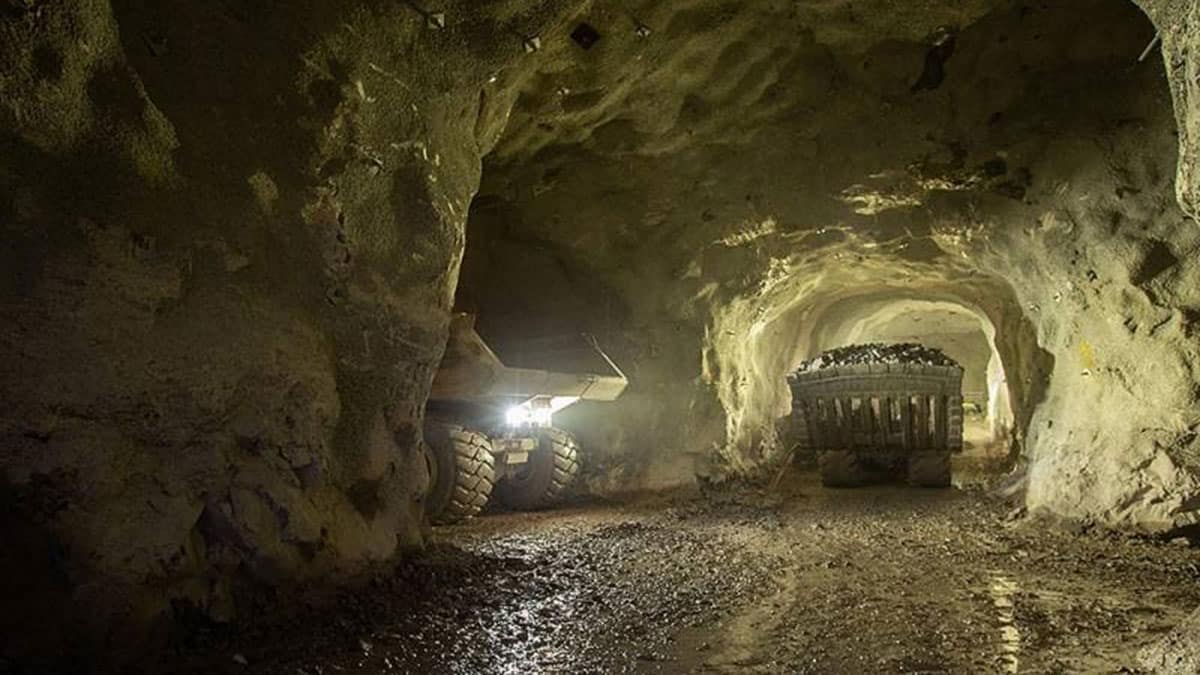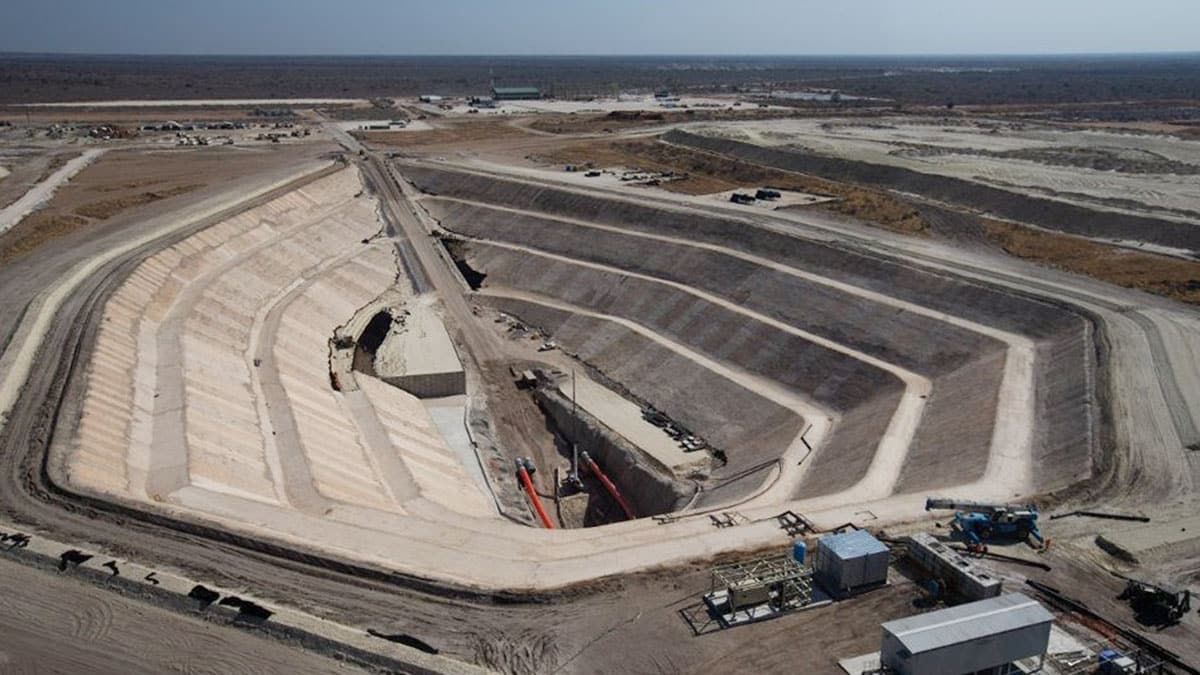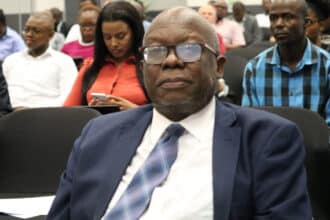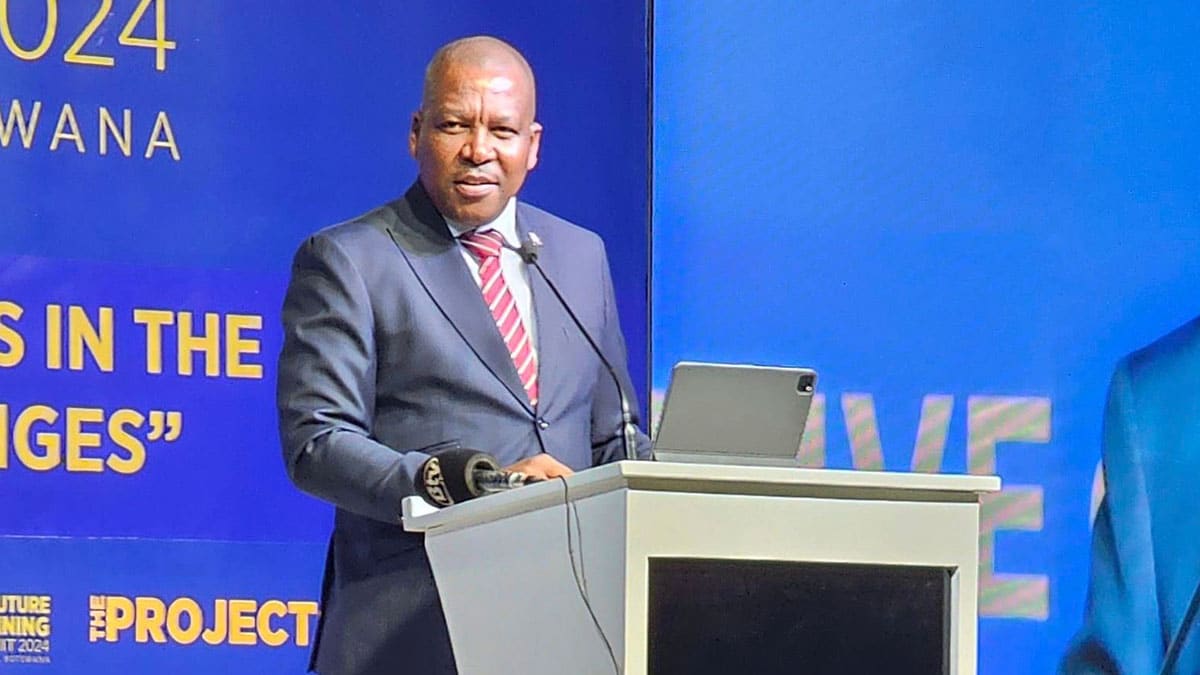Copper prices have been soaring since the beginning of 2024, rising by 29 percent marking the highest level since March 2021 when the base metal price reached an all time high.
As a result, Botswana can bask in the resurrection of copper industry as the country’s long time premier exports; diamonds continue to experience a rough decline in the market.
In 2021, copper prices peaked at $9322 per tonne but faced a decline in 2022 to reach $8797.
This year, the prices have increased to $9649.65 per tonne.
Copper is experiencing a boom due to a growing demand necessitated by global energy transition demands, rise of electric cars and a need for construction of data centres as artificial intelligence gains traction.

However an underinvestment in the base metal mining could aggravate the issue of undersupply in the coming years.
Speaking at the future of mining summit in Gaborone last week, the Minister of Minerals and Energy, Lefoko Moagi, said the increased appetite for copper is as a result of climate change action and the energy transition.
“As it has been said, the road to reaching net zero begins and ends with copper. All infrastructures built to support renewable energy uses large amounts of copper. To keep the energy transition going, a huge amount of copper wiring will be required for strengthening the world’s power grids and to build wind and solar farms,” said Moagi.
While essential for power grids and wind turbines for renewable energy, copper is also a key component of electric vehicles (EVs) as they utilise double the copper as compared to gasoline powered cars.
However, recent copper prices are much better as compared with the previous years when prices were low leading to the closure of some mines and the liquidation of some operations.
In 2016, government was forced to place BCL mine under liquidation due to a fall in copper prices with other mines such as Boseto and Mowana subsequently closing at later stages after grappling with maintaining operations.
Nonetheless, the positive outlook for copper in the medium and long term has resulted in investments in local copper mines.
Khoemacau Copper Mine owned by MMG Group has since committed to investing $700 million towards expanding the mine’s production and creating 1 000 more jobs in addition to the 1 700 currently available.

As part of growth strategy, the mine’s expansion will see production output doubling to 160 000 metric tons from 60 000 for copper while silver production will rise from 1.6 million ounces per annum to 5 million.
Motheo Copper mine, also in the Kalahari Copper belt and situated 80km north east of Ghanzi, is the latest edition with an estimated 49.6 million tonnes of reserves.
Having produced its first concentrate in May 2023, Motheo has a life span of ten years with 3.2 million tonnes output per annum.
However, the mine is also going through plant expansion which once concluded in 2025 will skyrocket output to 5.2 million tonnes.
As a result, Botswana can bask in the resurrection of the copper industry at a time in which the diamond industry is facing numerous challenges.
A decline production volumes and demand and tough competition from synthetic diamonds have led to decreasing profit margins.
Therefore, it is imperative for Botswana to diversify not only the economy but also within the mining sector to reduce over reliance on diamonds.
“Diamonds are not infinite, one day Debswana will no longer be able to profitably mine diamonds. That is why it is important that citizens companies that are benefiting from citizen economic empowerment programme initiatives should have greater vision of going international. It is our responsibility to build companies that can compete globally, and contend with ever evolving industry challenges. We have the experience and the expertise that we should take advantage of while time permits,” added Moagi.





